Towards a new vision for the next 5 years
The Trade Promotion Agency, Ministry of Industry and Trade is urgently developing a trade promotion strategy for the period 2026-2030 with the goal of orienting promotion activities in the next 5 years. This is considered a preparation step for implementing trade promotion activities in the new context when global trade is volatile, requirements for digital transformation, green production and added value are increasingly strict.
According to the draft report, the overarching goal is to develop a comprehensive, modern, and highly connected trade promotion ecosystem, helping Vietnamese enterprises master the distribution stage, boost domestic consumption, and export products with high technology content and added value. On that basis, the average export growth in the 2026-2030 period is expected to reach 13-16%/year, an ambitious figure.
Workshop on trade promotion report for the period 2021-2025 and some strategic planning orientations for the period 2026-2030
This strategic orientation can clearly see the trend of the world market with comprehensive innovation, adapting to digital transformation and green transformation; professionalizing the system; promoting service connection, national marketing; in parallel with building national brands and product brands. In particular, the strategy emphasizes the priority of promotion by industry clusters to increase linkage efficiency, reduce costs and exploit market data.
Speaking at a recent workshop to provide feedback on the draft report, experts all appreciated the spirit of determination and the meticulousness of the report. However, many experts said that it is necessary to look directly at the current state of promotion infrastructure. The lack of national-level exhibition centers, the high cost of organizing events, or the budget for trade promotion that is still too modest compared to other countries in the region are barriers that need to be removed. Along with that, the effectiveness of promotion is not only measured by export turnover, but also by the social, cultural, and employment values it brings.
Prioritize high value-added industries
One of the highlights that experts and associations agree on is the need to select priority industries based on domestic added value, not just looking at export turnover.
Mr. Pham Cong Thao, representative of the Vietnam Steel Association, frankly said: “Currently, the criteria are mainly based on export turnover, but this does not fully reflect the added value. There are large export industries but the value retained in the country is not high. Meanwhile, industries such as steel have invested heavily, the localization rate is large, the domestic added value is clear, and needs to be respected.”
In fact, according to the draft strategy, the 6 key industry groups for the 2026-2030 period include: Electronics and components, textiles, footwear, transportation industry and components, processed agricultural and aquatic products, wood products and handicrafts. In addition, a number of emerging industries that have been identified by the Government as priority for development, such as information technology, logistics, environmental goods (renewable energy, waste recycling, etc.), will also be focused on. These are all areas with potential for market expansion, associated with the requirements of greening and innovation.
Mr. Vu Ba Phu, Director of Trade Promotion Department, Ministry of Industry and Trade
However, for industries to truly benefit, promotion methods also need to change. A representative of the Vietnam Electronics Business Association said: “Businesses almost do not rely on programs, but if they do not take advantage of them, they will be less competitive. The important thing is that procedures and processes need to be simple, so that businesses can easily access policies.”
This coincides with the direction in the report: Innovating the National Trade Promotion Program towards in-depth focus, enhancing the capacity of small and medium enterprises, proactively approaching global customers, and linking with cross-border e-commerce. The Trade Promotion Agency will focus on national marketing and cross-industry events, while associations and industry promotion organizations will preside over specialized activities for businesses.
In addition, experts recommend that the strategy should incorporate risk prevention factors such as developing response scenarios when the market fluctuates, or the risk of transferring goods through a third country when the rate of imported raw materials is still high. In particular, in the context of some large countries taking over the global distribution system, Vietnam needs to soon have its own distribution strategy and develop supporting industries to maintain domestic added value.
Mr. Le Ba Ngoc, Vice President of Vietnam Handicraft Export Association
From a local perspective, Ms. Nguyen Thi Kim Ngoc (Can Tho) said that improving the capacity of trade promotion staff and unifying the system of provincial promotion centers is an urgent requirement to avoid resource dispersion. According to the representative of the Vietnam Rubber Association, the association's promotion capacity is still limited, and for many years it has relied mainly on business contributions. To make a breakthrough, it needs support from the Department so that the association can build a long-term program and create a brand for the industry both domestically and internationally.
Overall, the trade promotion strategy for the 2026-2030 period is designed to connect synchronously from the central to local levels, from associations to enterprises, from individual products to entire industry chains. The core is still to prioritize industries with high added value, the ability to self-supply raw materials and participate more deeply in the global supply chain.
This will be an important foundation for Vietnamese trade to move into a more sustainable development phase, not only growing in quantity, but also improving quality, value and position in the international arena.
Source: https://moit.gov.vn/tin-tuc/xuc-tien-thuong-mai/chien-luoc-xuc-tien-thuong-mai-giai-doan-2026-2030-uu-tien-nganh-hang-gia-tri-gia-tang-cao.html


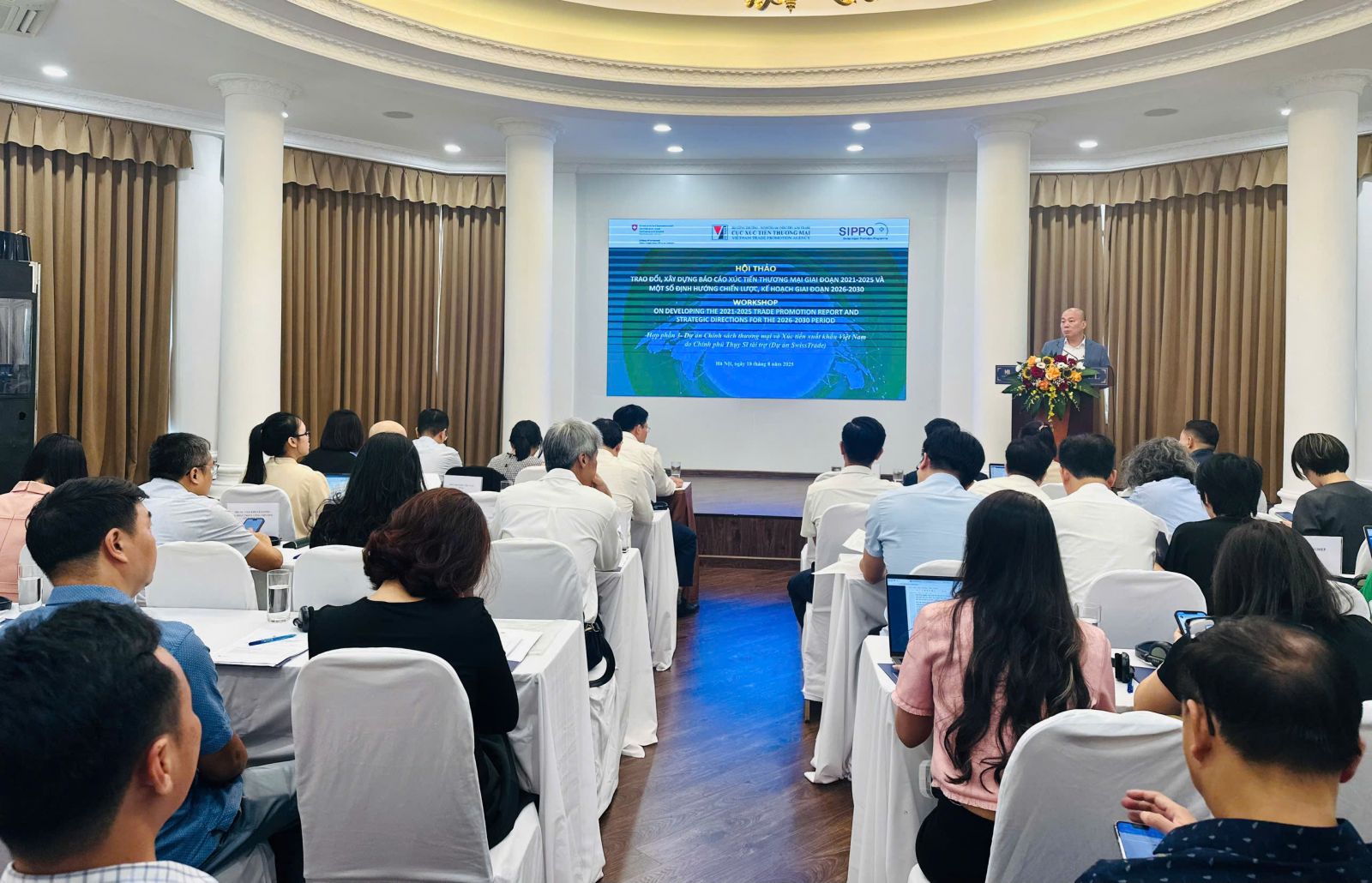
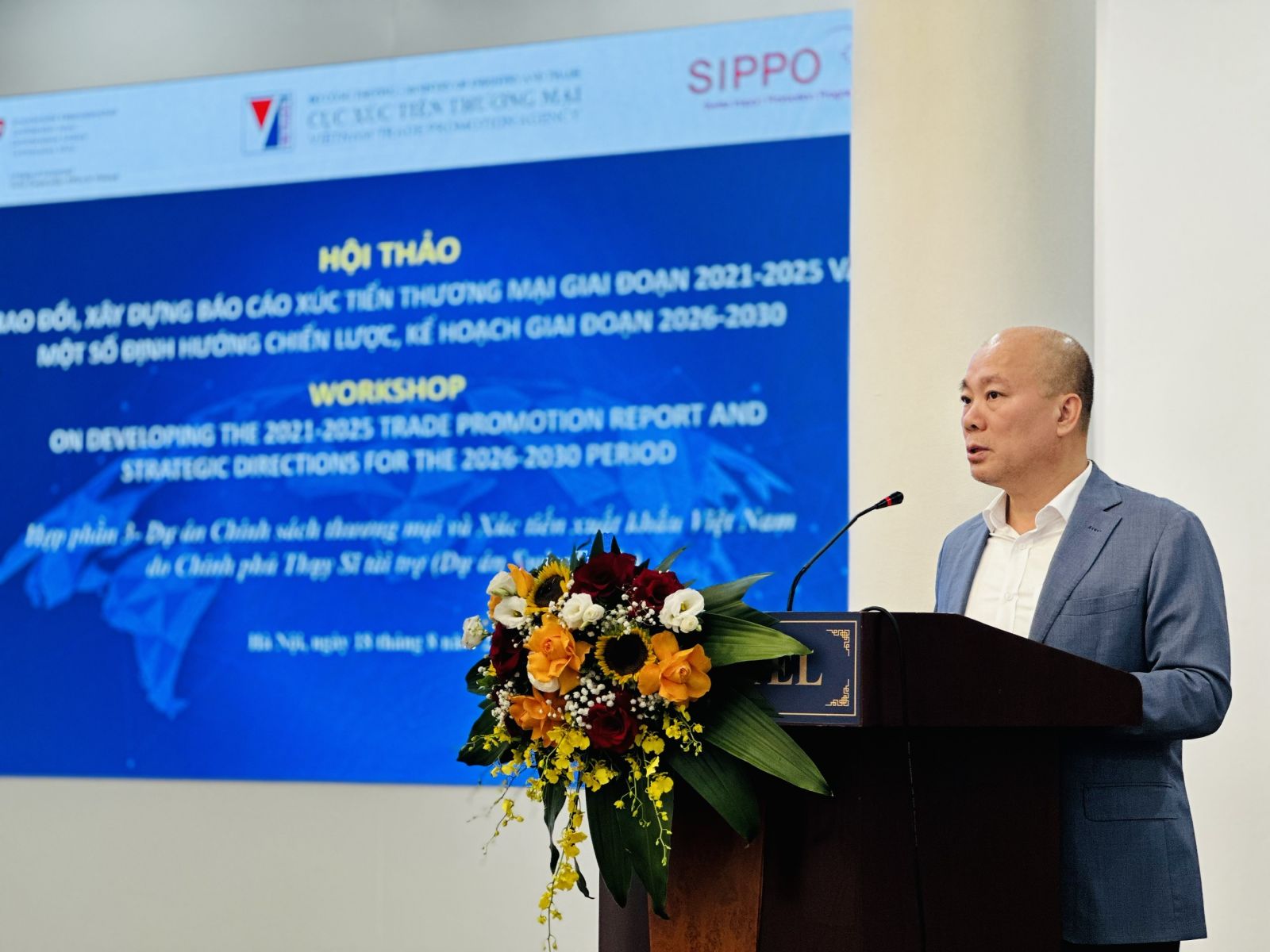



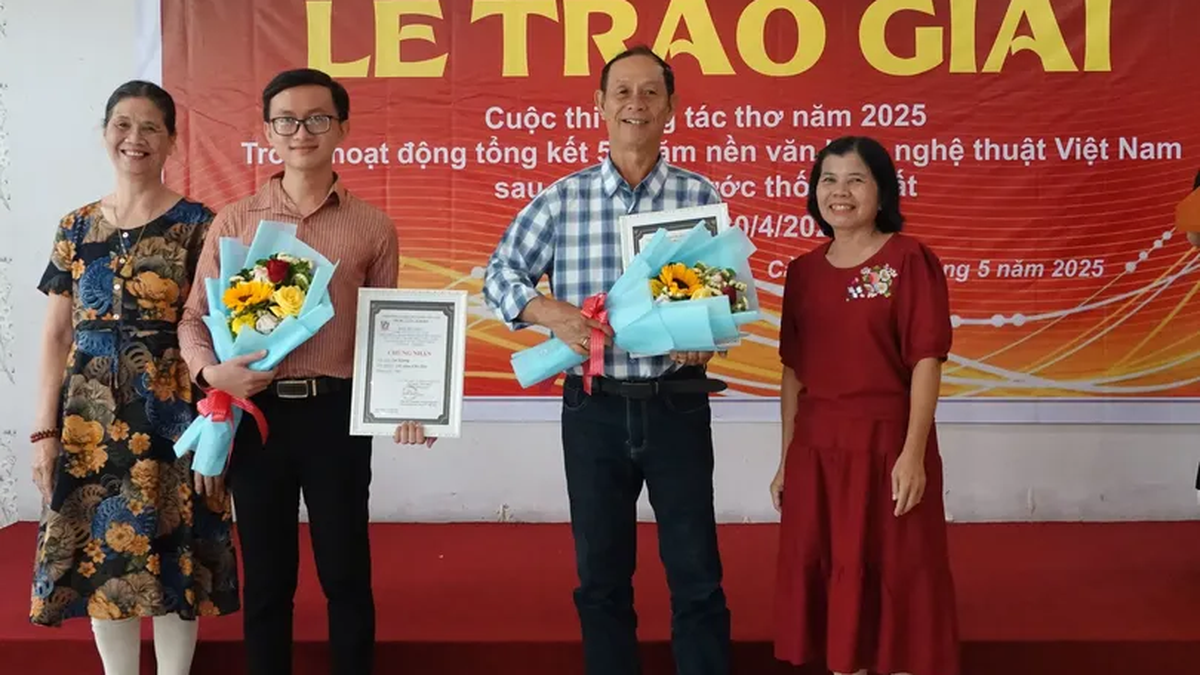
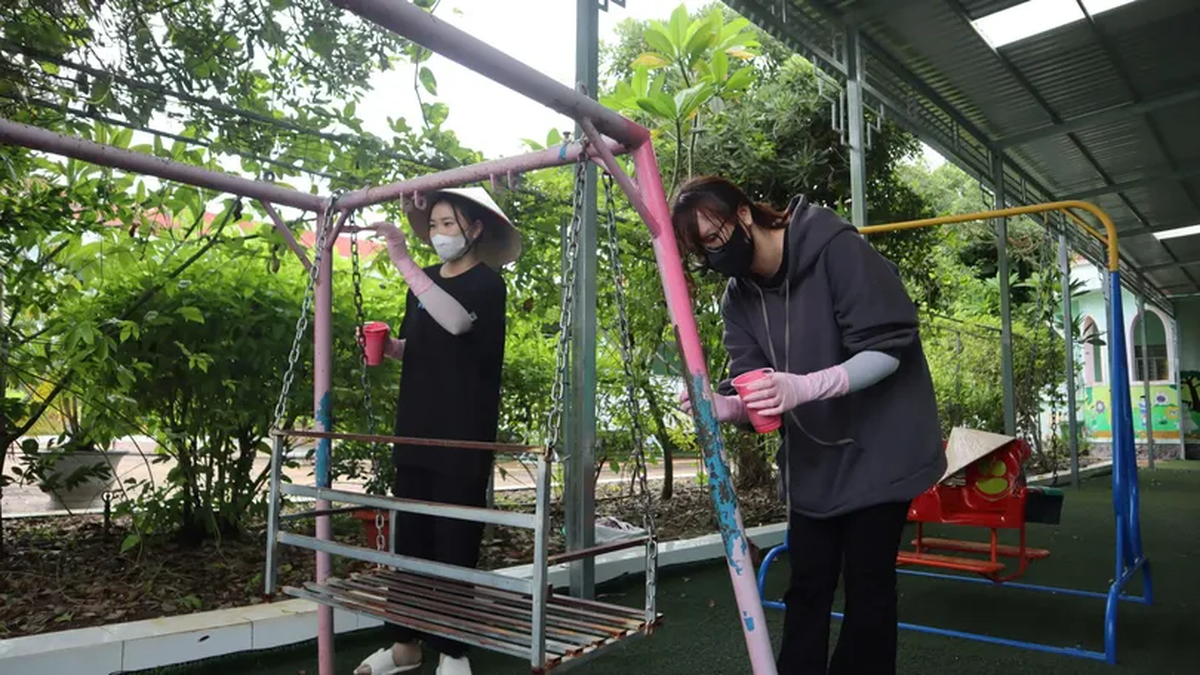


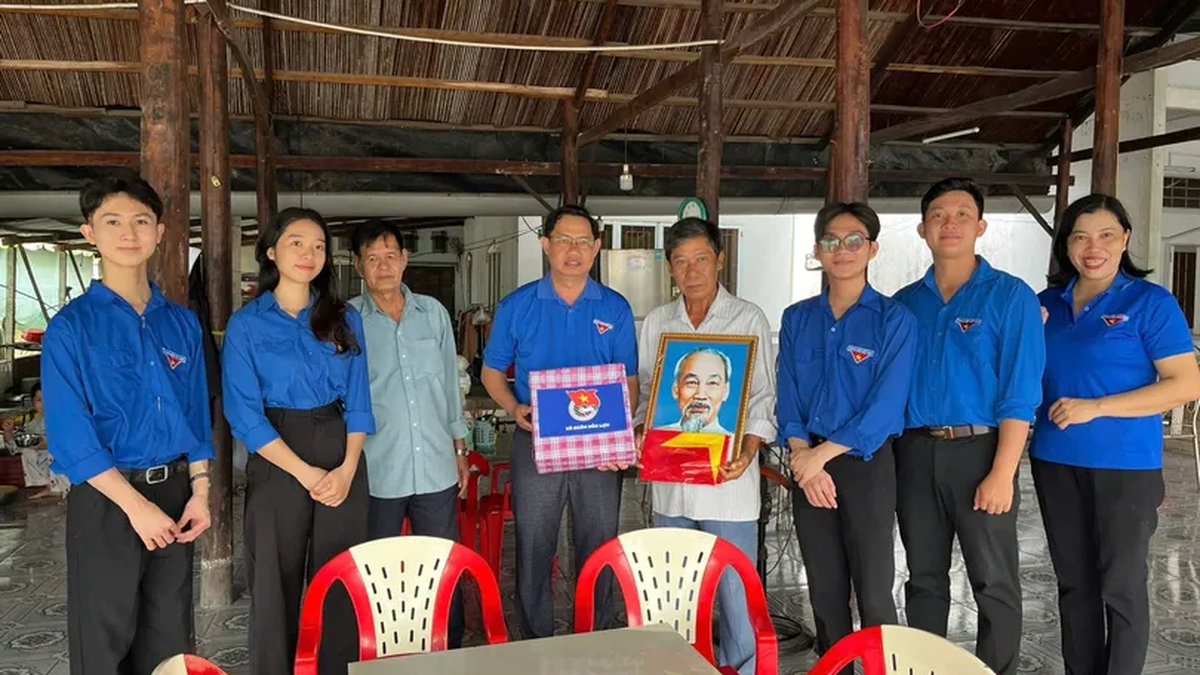













![[Photo] Politburo works with the Standing Committee of Da Nang City Party Committee and Quang Ninh Provincial Party Committee](https://vphoto.vietnam.vn/thumb/1200x675/vietnam/resource/IMAGE/2025/8/19/b1678391898c4d32a05132bec02dd6e1)
![[Photo] Close-up of the first International Financial Center building in Ho Chi Minh City](https://vphoto.vietnam.vn/thumb/1200x675/vietnam/resource/IMAGE/2025/8/19/3f06082e1b534742a13b7029b76c69b6)
![[Photo] General Secretary and Prime Minister visit the National Exhibition and Fair Center](https://vphoto.vietnam.vn/thumb/1200x675/vietnam/resource/IMAGE/2025/8/19/f4503ad032d24a90beb39eb71c2a583f)
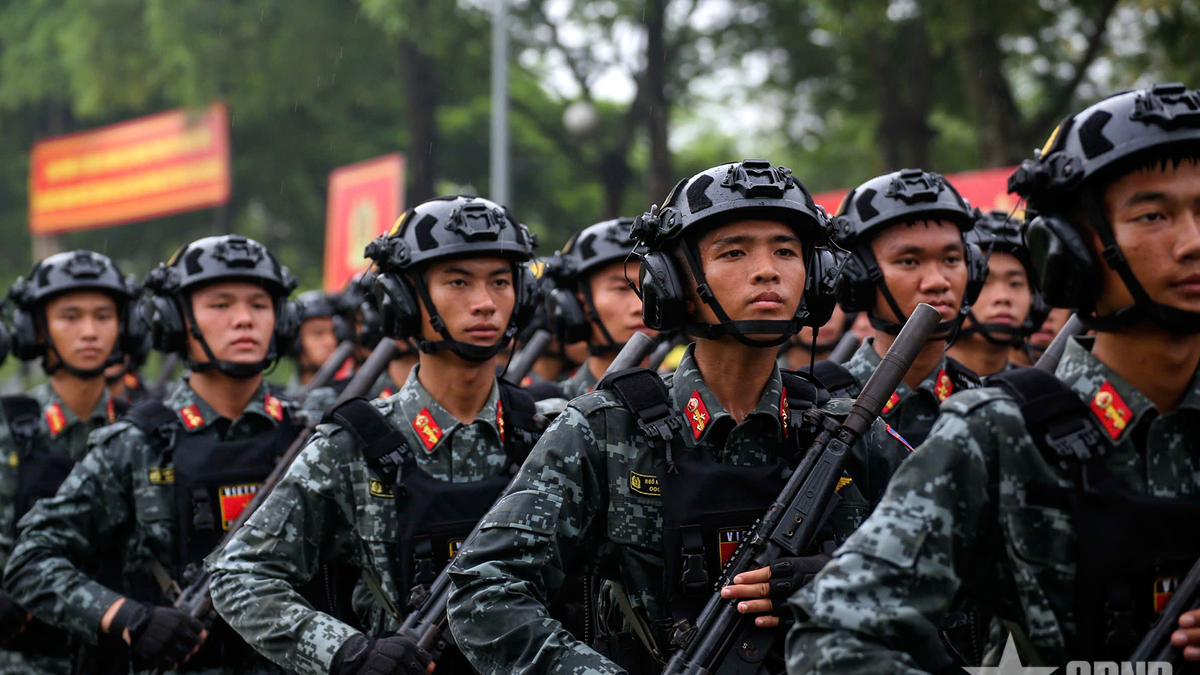
![[Photo] General Secretary To Lam attends the inauguration and groundbreaking ceremony of 250 projects to celebrate National Day](https://vphoto.vietnam.vn/thumb/1200x675/vietnam/resource/IMAGE/2025/8/19/3aa7478438a8470e9c63f4951a16248b)
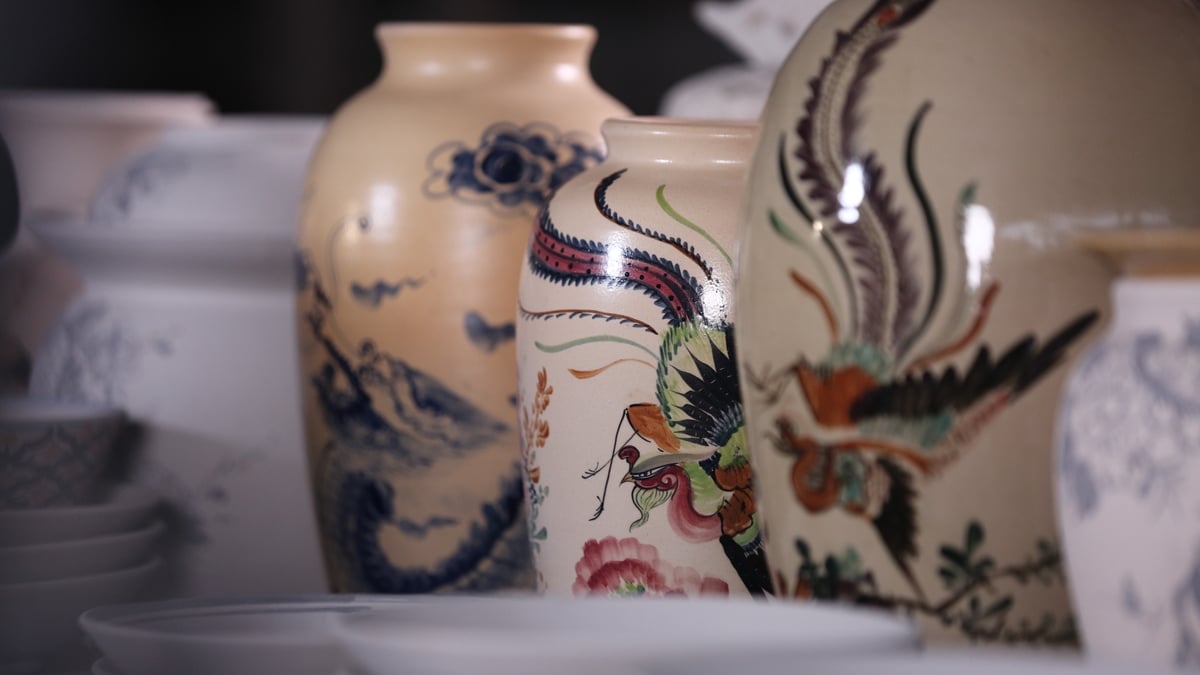


![[Photo] President Luong Cuong's wife and Queen of Bhutan visit Tran Quoc Pagoda](https://vphoto.vietnam.vn/thumb/1200x675/vietnam/resource/IMAGE/2025/8/19/62696af3852a44c8823ec52b03c3beb0)


























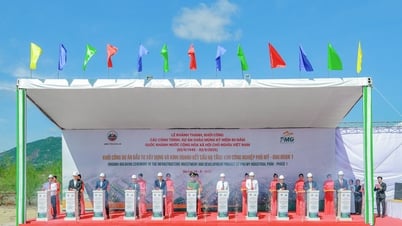
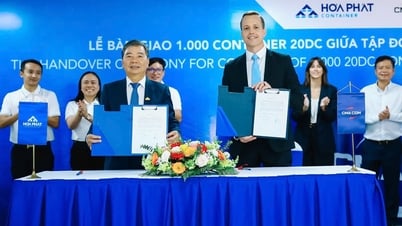
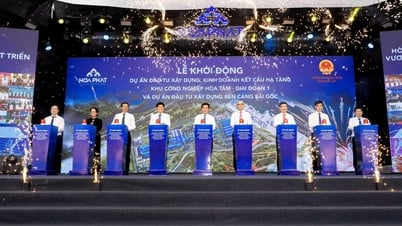


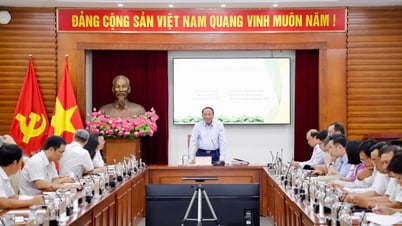






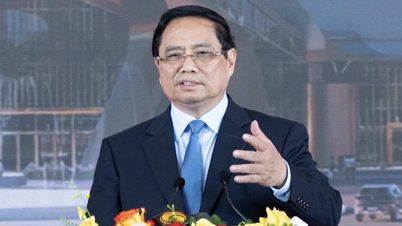
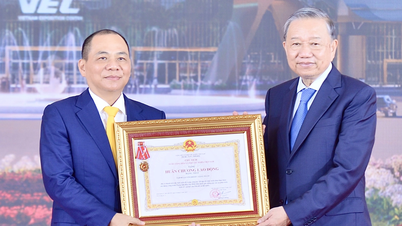



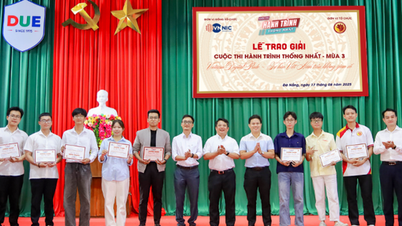


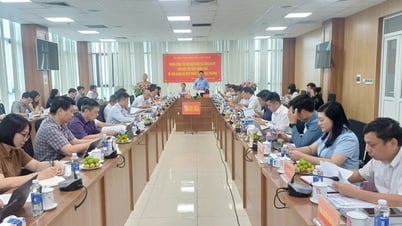







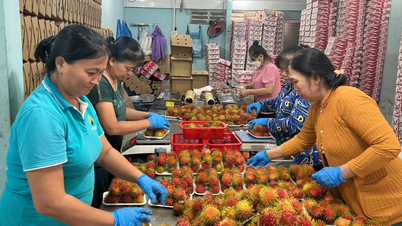




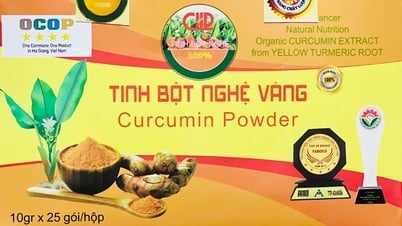

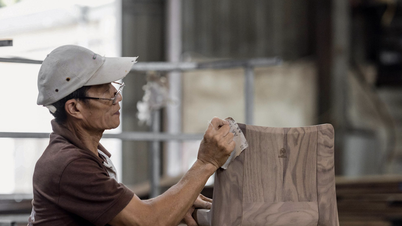







Comment (0)